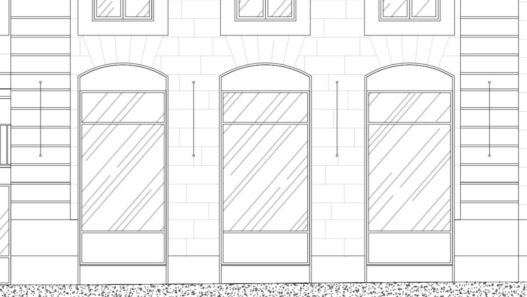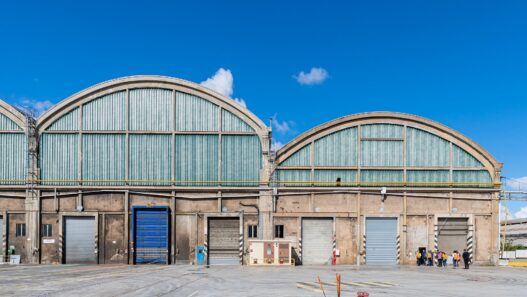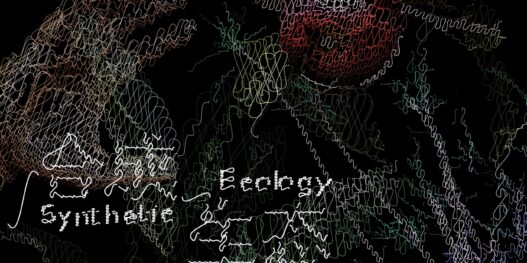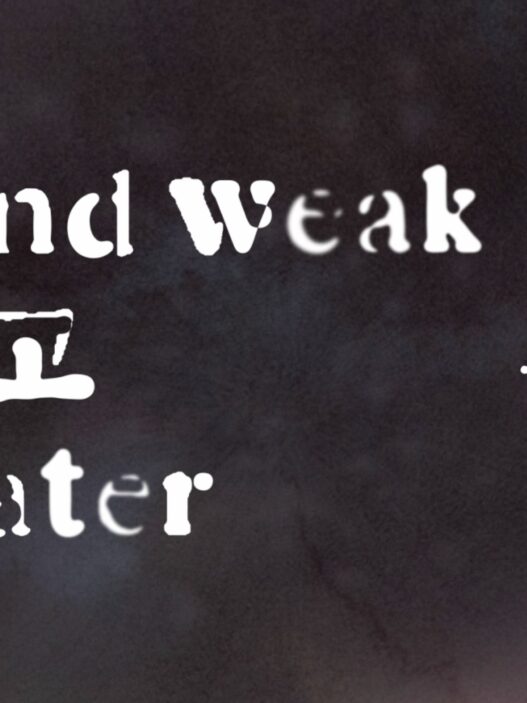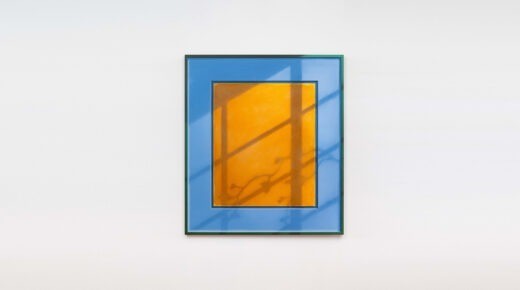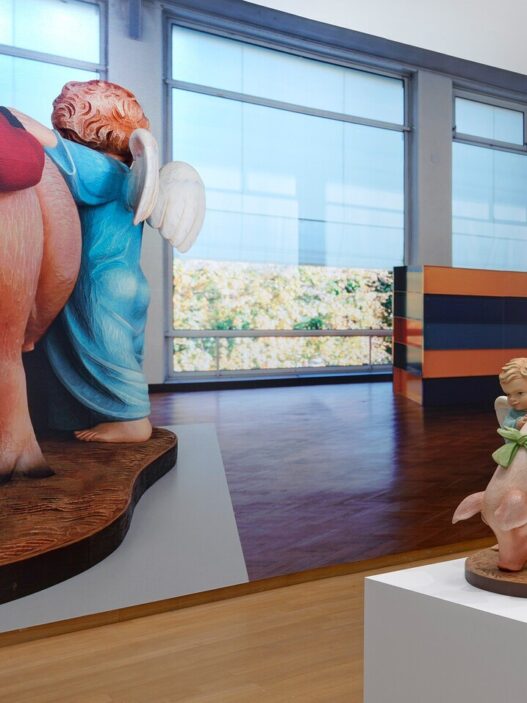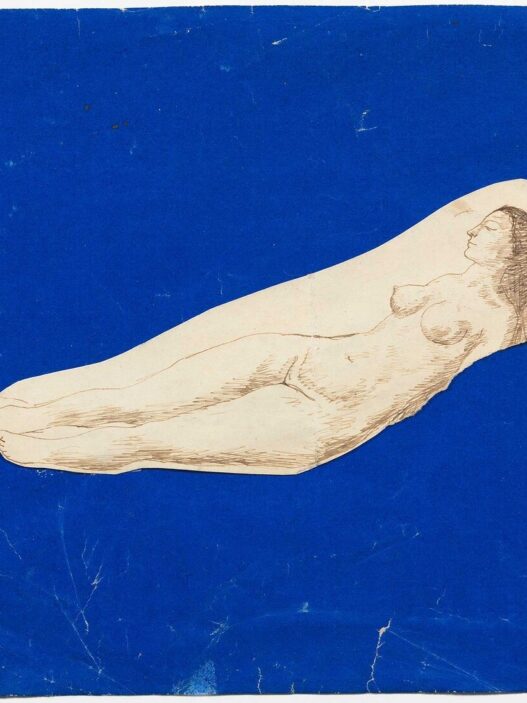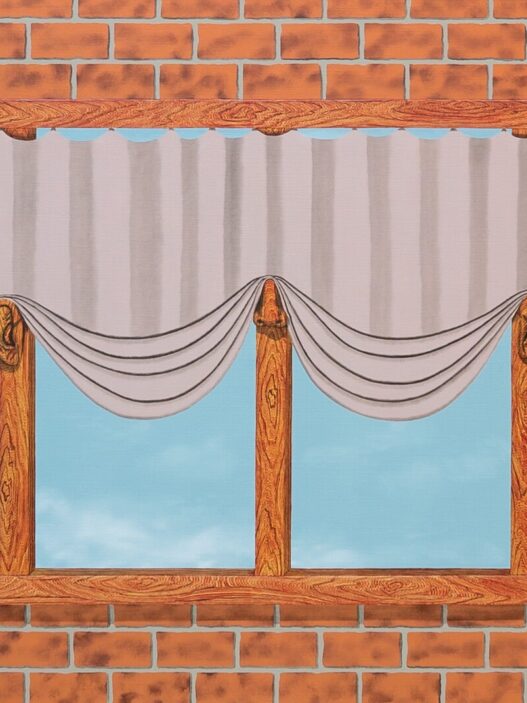September 22, 2022–January 31, 2023
From September 22, 2022, through January 31, 2023, 798CUBE will host the first Beijing Art and Technology Biennale (BATB). This first edition’s theme is Synthetic Ecology, and it will be directed by Xiewei Song and Hera Lee, with Xiaowen Chen and Naiyi Wang serving as curators.
Ecological deterioration, climate change, global warming, and growth limits are all effects that demonstrate that the earth is not a living thing that can be capriciously subject to human whims. Humans have come to understand the importance of coexisting (entanglement) with other creatures, plants, and matter in the age of accelerationism, a period of constant technological advancement and growing self-awareness. A new perspective on life that views the earth as a “alive” entity capable of self-regulating and preserving the stability and continuity of living systems was introduced when British scientist James Lovelock initially put forth the Gaia hypothesis in the 1970s.
We are intertwined in the overlapping ecologies of nature, society, and spirit, which make up the earth’s ecosystem. The Enlightenment paradigm has disguised ecology in order to get us to believe that it is purportedly underdeveloped, unexplored, and devoid of any allusions to real nature. This is referred to as “hyperobjects” or “Ecology without Nature” by British philosopher and ecologist Timothy Morton. We can now rethink conflicting ideas in dualism (culture/nature, subject/object, human/non-human), allowing us to further investigate technoscience and naturecultures that are more-than-human. This is made possible by the loss of the natural dimension of ecology.
Synthetic Ecology, the theme of the inaugural Beijing Art and Technology Biennale (BATB), aims to examine the interconnectedness of life in symbiontics. Using the post-human ecological imagination as a metaphor, “synthetic” explores the potential for reshaping nature and develops a new ontological perspective on equality. This idea challenges the idea that humans dominate natural systems, confronts the dynamic nature of all life, and reexamines these intricate and personal connections. Radical Nature, Entangled Life, and Interwoven Evolution make up Synthetic Ecology. These ideas consider the prospects of future evolution from both a planetary perspective and a planetary scale, broadening the horizons of our thought from humans/society to everything/universe.
Radical Nature
A new ecological understanding of “hyper-nature” has emerged as a result of the current development of new technology. Science and technological advancements have virtually eliminated the distinction between the natural and artificial worlds. We are making a world where the powers of science and nature are intertwined, rather than being controlled by either alone. Neri Oxman designs our own natural ecology, where “the natural” and “the artificial,” intermingled, using biotechnology, material science, and digital fabrication. Digitally bringing an extinct creature back to life in a synthetic setting, Alexandra Daisy Ginsberg. The strength of science and technology raises the bar for “existence,” as it calls for a different kind of reality.
Entangled Life
According to Rosi Braidotti, there is a continuum between nature and culture in the post-human condition of the modern world. The heterogeneity of biological forms is emphasized in Patricia Piccinini’s work; this regard for hybridity shows our symbiogenesis, our shared struggles, and our communion with all things. By replicating Leduc’s experiment to make “protocells,” Oron Catts and Ionat Zurr explore the future of living phenomena while investigating the mechanism of life at the cultural level. With regard to “being,” at the moments of life and death, Terike Haapoja’s perspective on life asks for the affirmation of radical ideals.
Interwoven Evolution
The line between “human” and “non-human” has never been drawn by evolution since the beginning of time. Rethinking our interdependent relationships with a plant, a grain of dust, a stream of water, or a group of stars will help us better understand the dynamic characteristics of ecosystems. Like Liang Shaoji, who has kept silkworm companions for more than 30 years, or Rimini Protokoll’s ominous prediction of a jellyfish future, it is to listen to Gaia and have reverence for the universe. Pela Petri asks us to read the “quiet words” of plants in their language universe. All of these non-human contacts create a planetary awareness that considers the potential for future evolution, in addition to responding to Karen Barad’s concept of interconnected existence.
The BATB, which consists of a series of exhibitions and activities, brings together 50 eminent artists, scientists, and ecologists from around the world to address the key signs of our “entangled era,” in which calamity and vitality are simultaneous realities. 25 works of art will have their China debuts at the Biennale, including 15 brand-new works produced in 2021–2022. Also taking part in the Biennale is the Climate Clock initiative, which was showcased at the COP26, the 26th United Nations Climate Conference, in Glasgow in 2021. This important, introspective piece of work will be displayed in China for the first time.
In addition to the thematic display, the Biennale also introduces Climate Care, one of the first projects in China to focus on studying the intersection of art, technology, and climate change while attempting to spur action on the global warming catastrophe in all of its manifestations. The Climate Negotiation program will take place during the 27th UN Climate Conference (COP27), which runs from November 6–18, 2022. Since its inception, the Climate Care initiative has continued to support cutting-edge movements, launching Climate Clock #ActInTimeChina, the Climate Declaration series, and the Climate Negotiation program. Along with the campaign, the recently commissioned works by Carla Chan and Entangled Others (Sofia Crespo and Feileacan McCormick) will be unveiled.
Furthermore, Climate Care seeks to bring together Web3 and blockchain technology to build the Climate DAO, opening up new pathways for climate action.
Participating Artists (in alphabetical order):
Alexandra Daisy Ginsberg, Anna Dumitriu & Alex May, Carla Chan, Entangled Others (Sofia Crespo and Feileacan McCormick), Xiang Jing, Neri Oxman and The Mediated Matter Group, Oron Catts & Ionat Zurr, Patricia Piccinini, Ralf Baecker, Rasa Smite & Raitis Smits, Rimini Protokoll, Liang Shaoji, Sophie Falkeis, Špela Petrič, Susan Schuppli, Suzanne Anker, Terike Haapoja, Terra0, Ursula Biemann, Art of Bio Machine, Climate Clock
798CUBE
No. 4 Jiuxianqiao Road
Chaoyang District
Beijing
China




